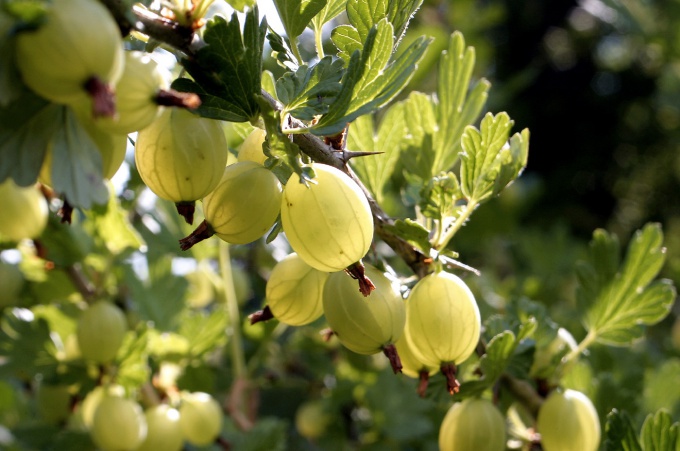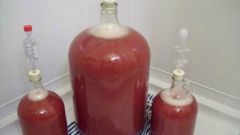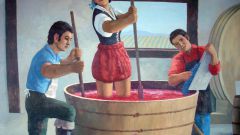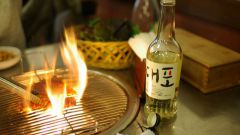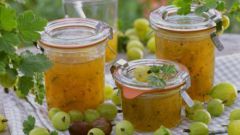Wine from gooseberries and cherries: raw materials preparation
Gather the harvest ripened on the thorny bushes and carefully go through. Covered with scab and damaged by pests of berries can affect the taste of future drinks. Usually during the ripening of the gooseberries in the garden are ripening late varieties of cherries. A lot of it is not required – 4-5 cups in a 10-liter glass bottle is the ideal vessel for making wine at home.
Wash the gooseberries and fill them a third volume of 10-litre bottles. Mash the berries to a pulp, with a small amount of sugar. Add clean cherries, removing pits. Pour the wort is sweetened and chilled boiled water ("on the shoulders" of the bottle). The total amount of sugar should be 200 g per liter fermenting mixture. Very good for acceleration of the fermentation process the wine is pale straw to add a few raspberries from the Bush is a great natural yeast. The fruit is in any case not to wash!
Gooseberry wine: maturation and bottling
In order to avoid explosions and fountains by releasing carbon dioxide to the neck of the ware put on a rubber glove ("Hello Gorbachev") or make a water seal – tight lid with hole and rubber tube, the end of which should be dipped in a tray with a bottle of water. Fermentation will be strong and quite fast.
If after about a month the release of gas stopped, and the liquid will become transparent enough that you managed to cook the wine from the gooseberries with cherries. Carefully pour the drink through a hose without disturbing the precipitate, try and add sugar to taste. To stop the fermentation process add the entire volume of alcohol of 50 grams of vodka or 25 grams of alcohol and give the wine to stand for a couple of weeks.
Homemade wine from the gooseberries with cherries turns a pleasant sour-sweet taste, bright pink, slightly matte on clearance. Your valuable product is best in a cool dark cellar, in a tightly sealed glass container.
